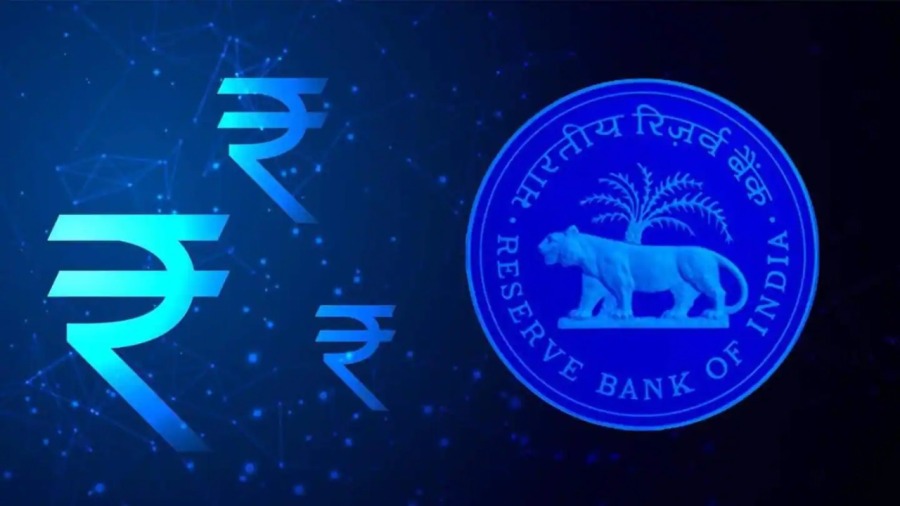In a recent speech at an AI summit in Switzerland, IMF's Gita Gopinath warned that the full disruptive effects of AI on the economy may not be apparent until a downturn, potentially leading to a crisis. She highlighted AI's potential to exacerbate recessions, posing risks in labor markets, financial markets, and supply chains. Gopinath recommended enhanced regulation, investment in human capital, robust AI models, and collaborative international efforts to mitigate these risks.










